This story is published in The Industry Issue of our member exclusive newspaper, Life & Thyme Post. Get your copy.
When the coronavirus pandemic began, Jin Ju Wilder, the director of marketing and business development at Vesta Foodservice, thought the company would weather a temporary storm. The food service distributor exists as the link from producers and farmers to restaurants—selecting, purchasing, selling, packing and transporting food items from around the world to thousands of dining establishments. One week after Los Angeles restaurants were ordered to cease dine-in service, Vesta Foodservice lost 85% of its business and was forced to lay off 650 employees out of about 1,000.
Despite restaurants opening again, the pandemic’s impact still reverberates from food producers to chefs, and distributors like Vesta Foodservice are caught in the middle.
Food distribution services have such a large footprint, and yet are a mostly unseen component of how we eat. Vesta Foodservice supplies food stands at sports arenas, fine dining restaurants, company cafeterias, healthcare facilities, museum cafés, hotels, schools—and the list goes on. The business has operated for 35 years and is equipped with four distribution facilities located in San Francisco, Los Angeles, Phoenix and Las Vegas.
Pre-pandemic, their staff took orders from 3,000 customers, the representatives sometimes helping chefs sort through fall squash varieties or choose a more affordable avocado that aids a farmer in selling more than just their cosmetically perfect fruits. Even today, Wilder sometimes personally goes to the Santa Monica Farmers Market, tracking weekly orders from local farms as the cases of produce go into the truck, ride back to the facility, and are packaged with other goods to arrive at a restaurant.
Luckily, demand has now picked up for the company, but Wilder says her team is stretched thin, and can’t hire fast enough to meet demand. The problems also start at the root of the supply chain: facing uncertain demand, farmers stopped growing specialty items meant for restaurants, and some are struggling with the same labor shortages as restaurants. A supplier of Vesta Foodservice, Steven Murray of Murray Family Farms, says he’s short-staffed and had to scale down acreage of products like melons and certain vegetables.
Meanwhile, freight costs are up, ports are congested, and many packaging materials are in short supply. At the end of the line, chefs are reworking their menus to accommodate price hikes or unavailable items. Joshua Gil, the chef behind Beverly Hills’ new Mexican restaurant Mírame, has been working with Vesta Foodservice since his early days as a chef in Los Angeles. He says the issues with the supply chain are across the board, no matter the distributor, and has to track down essential ingredients at grocery stores on a regular basis.
So, in the pandemic era, what does it take for a restaurant dish to end up on your plate? In a world when so many of the voices of the food service remain behind the scenes, we wanted to hear directly from three of them.
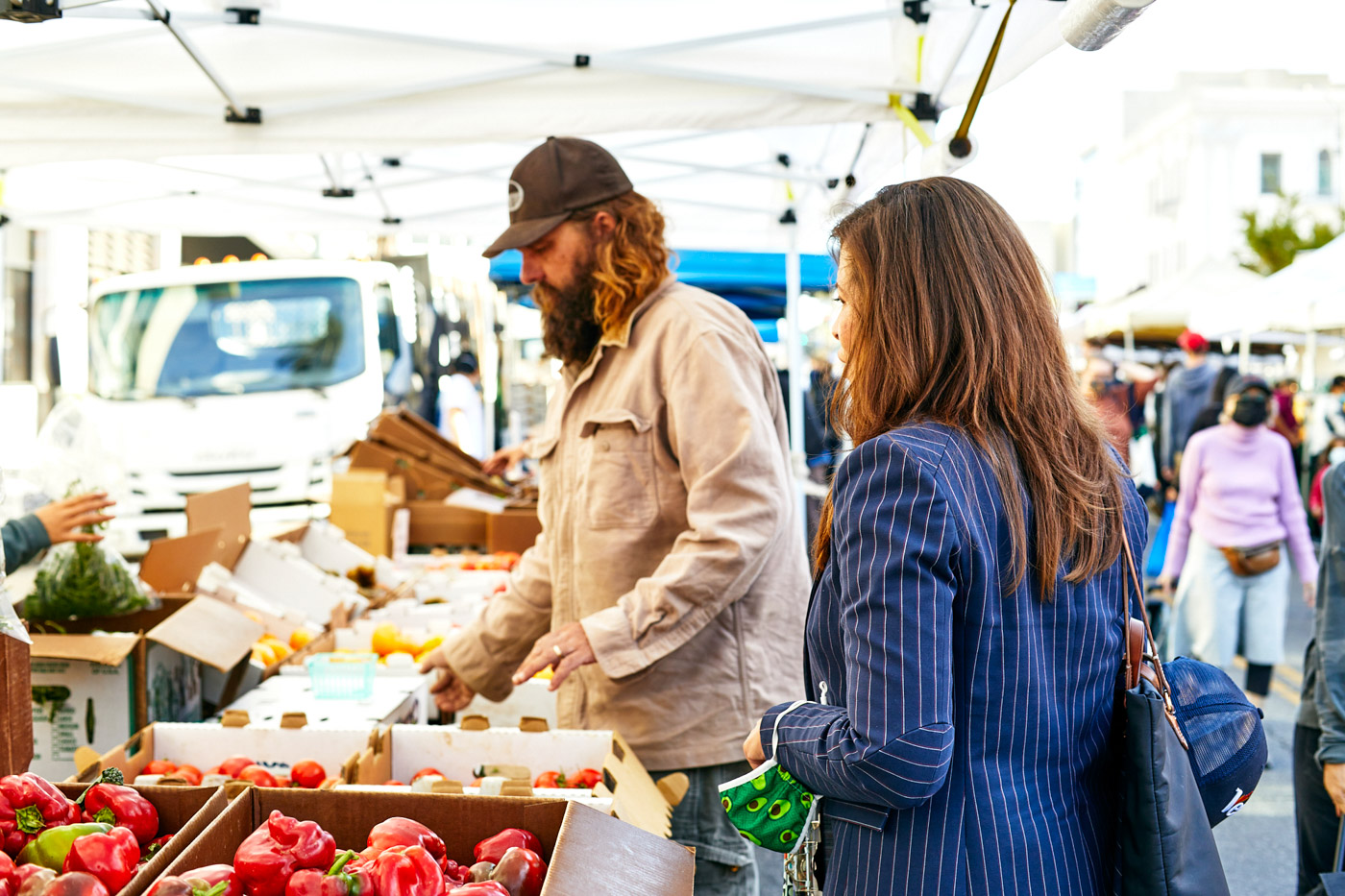

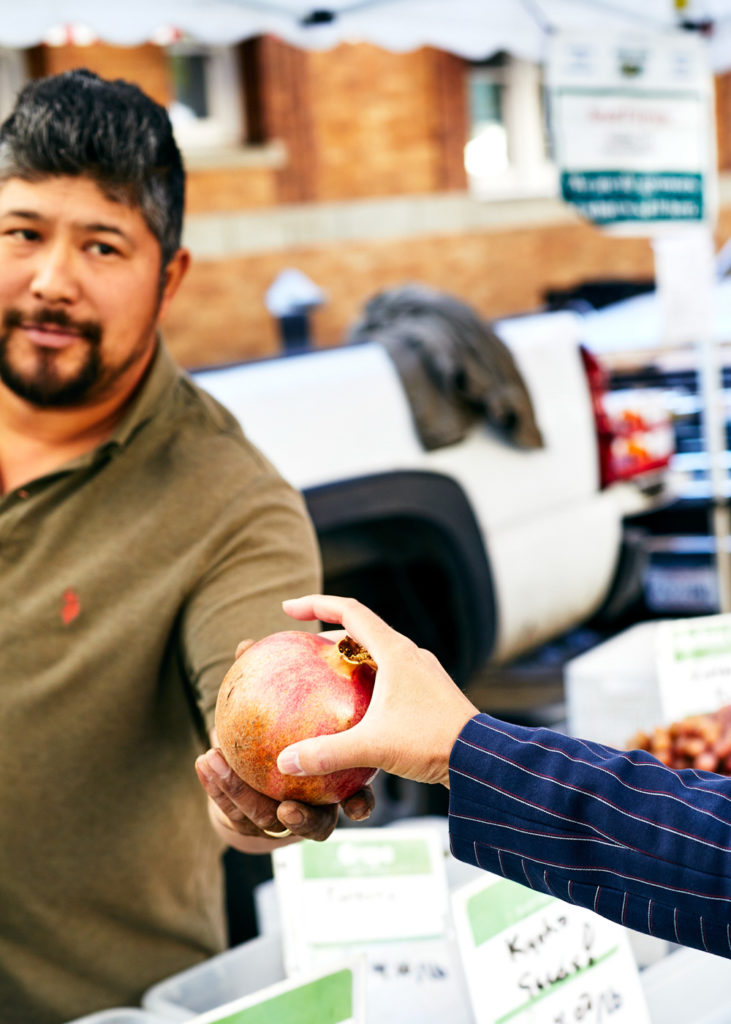
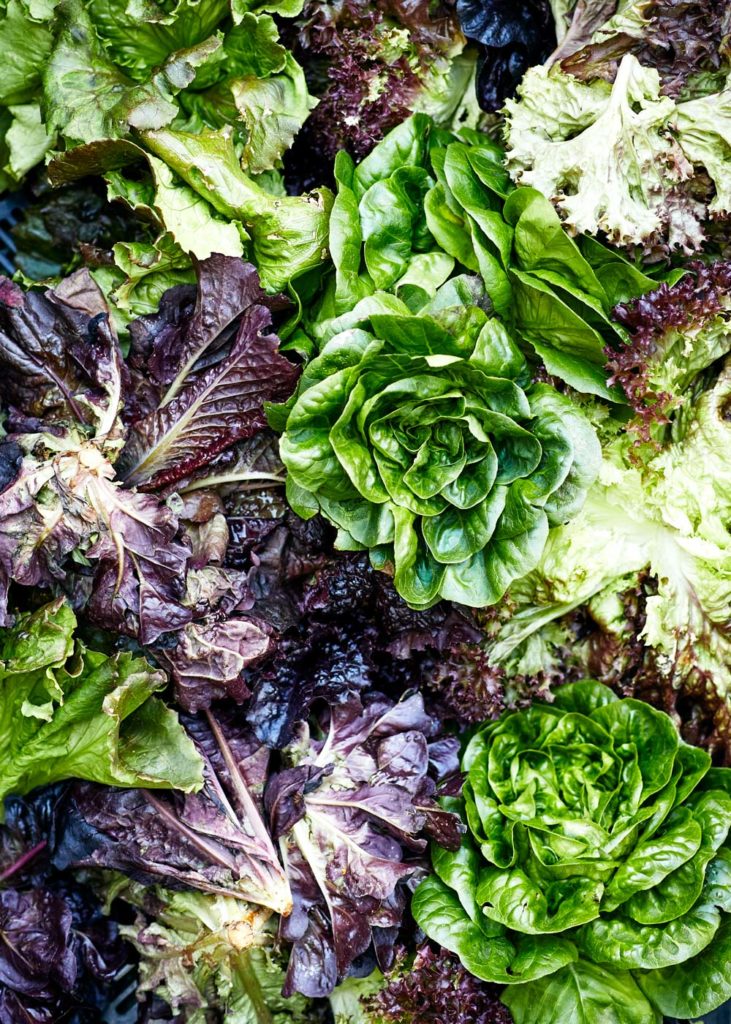
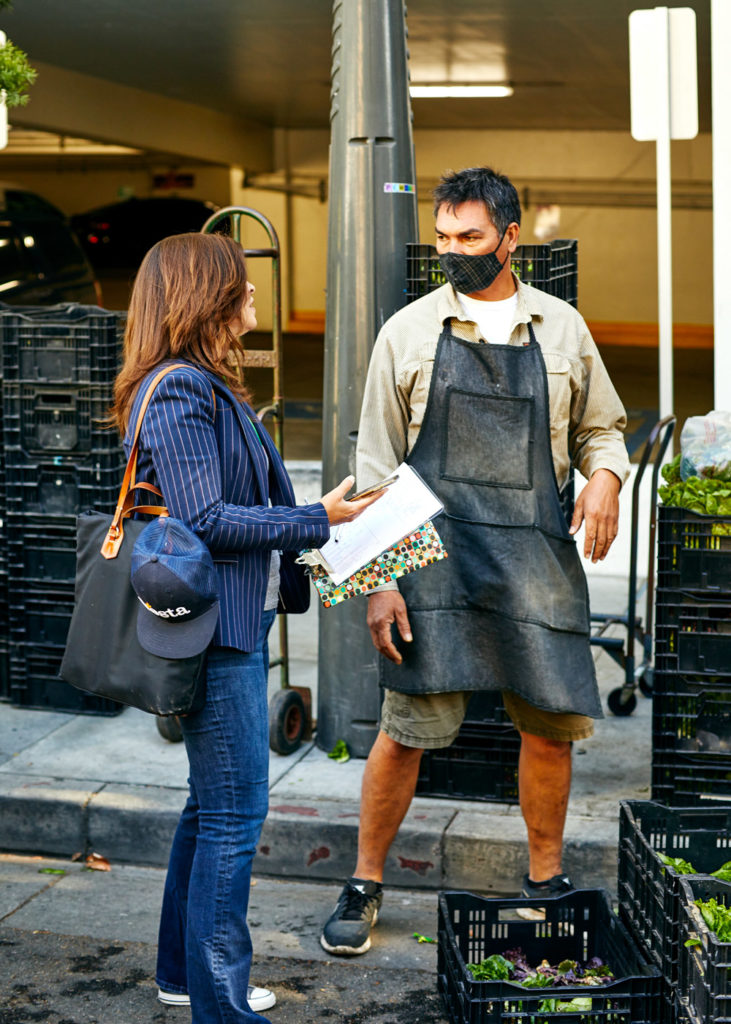
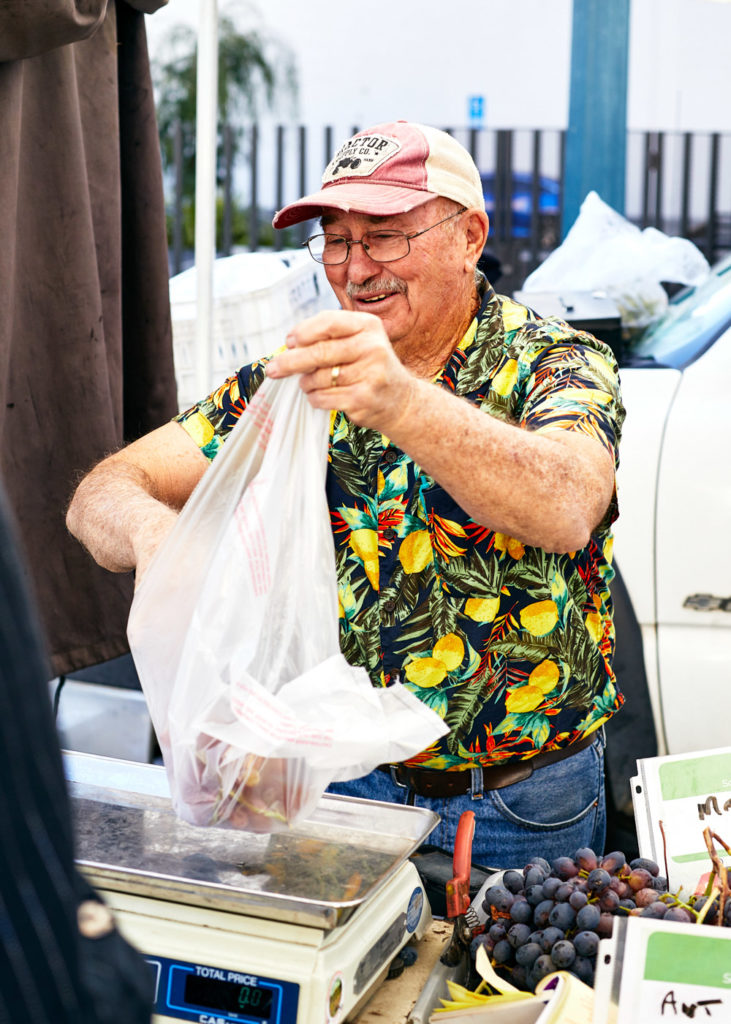
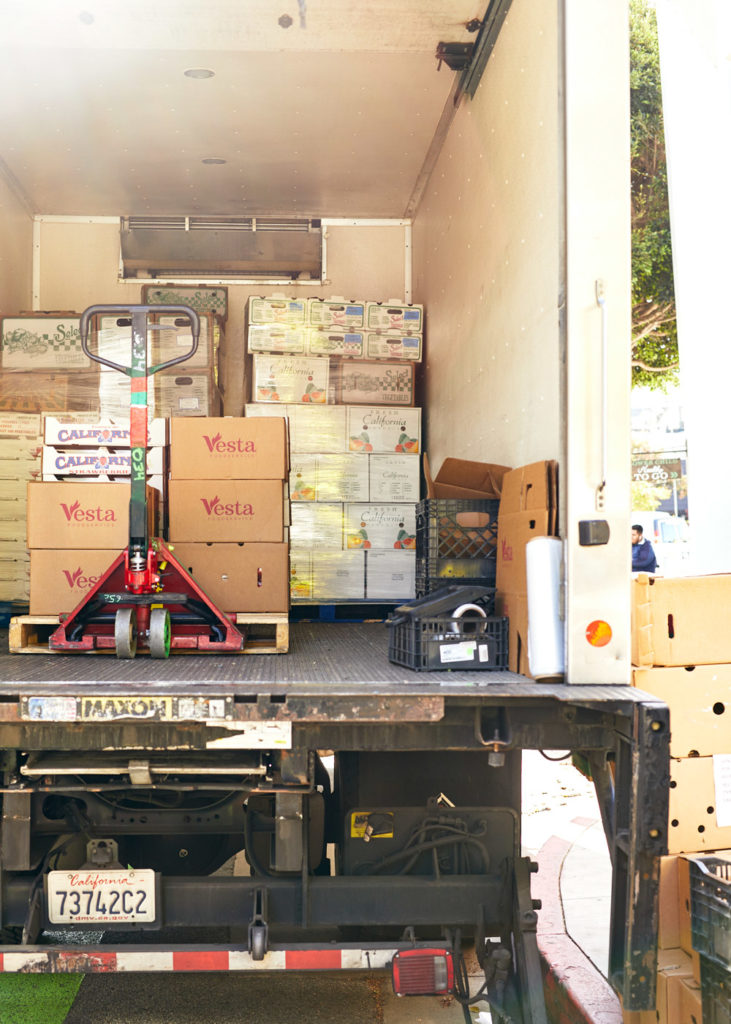
Jin Ju Wilder
Director of Marketing and Business Development, Vesta Foodservice
“Honestly, to get into food service distribution, especially in perishable items like produce, you have to be kind of an adrenaline junkie,” Wilder says.
The team at Vesta Foodservice was pivoting long before the pandemic hit, constantly adjusting to changing environmental factors that create supply chain disruptions—a virus running through fields in Salinas or bad weather that froze an expected harvest, for example. “We like to problem solve; it’s part of what we love about our job,” she says. “We get to be a hero and save the day.”
But the problem-solving rate at this point is higher than it’s ever been, and over such a steep period that her team is exhausted. Wilder’s been working in produce for 28 years, and says she’s never experienced such product shortages.
Today, the problems with supply are manifold.
To begin, growers didn’t plant items that were traditionally grown for food service, and now that demand is picking up, they’re short on product. As an example, Wilder says mushroom growers previously took advantage of inexpensive logs from China to grow specialty mushrooms like shiitake and oysters.
But a large mushroom grower that she works with told her they’re going to stop growing these mushrooms because of issues sourcing from China. With new tariff rates, delays in shipping, and more expensive containers and freight, they simply can’t charge enough to make those items worthwhile. Wilder cites a cheese and olive oil company that also stopped making specialty products for restaurants, deciding to focus only on what sells well in retail outlets.
Shipping delays have also tied up imported products, a result of factories and warehouses experiencing Covid shutdowns and transit points around the world experiencing delays and labor shortages as consumer demand picks up. “Just look at the Los Angeles port—there are shipping containers floating out there,” she says. While the ports of Los Angeles and Long Beach were so backed up President Biden announced in mid-October they would begin operating around the clock, Wilder says the backlog of goods left perishable items out on the water too long. “They’re dead on arrival,” she says.
Non-perishables are impacted too—a hold up on imported packaging material like glassware contributes to companies not being able to bottle and sell their beverages, sauces and other liquids.
“Freight costs have gone way up too,” says Wilder. “What you used to pay for a truck from California to New York—maybe like $6,000—is now over $12,000.” Just like in other employment sectors, there is an urgent lack of drivers too.
The labor shortages in restaurants are mirrored in other food businesses as well, with processing plants that, for instance, prepare cut vegetables, not being able to hire fast enough. “Restaurants don’t have the staff they used to have to, let’s say, chop carrot sticks to get crudités, or any of these things where prep is required,” Wilder says. She adds processors also took a dip in business and are struggling to ramp up and meet Covid protocols.
“It’s just kind of a nightmare right now. Every day is very, very hard, and as distributors, we can’t hire enough to take care of customers,” she says. “So we’re turning away business.”
In the beginning of the pandemic, Wilder says the collective economic shock of the shut-downs created more transparency, collaboration and cooperation between restaurants and food service providers. As consumers return to dining at restaurants, the demand from chefs for exact menu ingredients is returning too.
“There are still some really great customers and great partners who understand, because they’re still going through problems too,” she explains. “Instead of working on the menu on their own and then telling us what they need, they’re asking us, ‘What do you think we can get? What’s going to work?’”
Joshua Gil
Chef, Mírame
Joshua Gil opened Mírame alongside Matthew Egan in the summer of 2020, a tumultuous time for Los Angeles restaurants and bars as they followed state and county opening and closing directives amongst Covid-19 spikes. The Beverly Hills restaurant showcases Gil’s roots in Rosarito, Baja California, and his ties to Los Angeles, where he’s been cooking for over 20 years.
Originally slated to open earlier in the year, the team held off and instead of serving whole-fried Baja snapper or bluefin tuna tostadas topped with uni and summer truffle like originally planned, the kitchen maintained the business cooking meals for World Central Kitchen’s Restaurants for the People program, which funded local restaurants to cook for communities in need. They officially opened in July, and only a week later Los Angeles County was ordered to cease indoor dining.
Fortunately, the Beverly Hills restaurant is flanked by two patios and sidewalk seating. The restaurant sources directly from seafood suppliers in Baja, offers Mexican beer, wine and spirits, and Gil cooks with California’s bounty. He regularly picks up produce from local farmers markets and uses two food service distributors (including Vesta Foodservice), but during the pandemic, finding some of the ingredients central to his menu became a pain point.
“There are all these behind-the-scenes things that nobody understands in terms of what it takes in order to put a plate in front of you in a restaurant,” he says. “People think you just get things from the store or you order a big delivery and you’re fine.”
True to its all-Mexican bar, the restaurant serves Agua de Piedra, spring water from Nuevo León, Mexico, but orders have been backlogged for a month in late summer and fall of this year due to glass shortages. Mezcal brands are still also experiencing issues bottling new releases because of the continuing glass demand plaguing distillers, wineries, sauce makers and other producers who typically import their supply from abroad and can’t get urgent orders from U.S. glassmakers who are already at capacity.
Basic cooking ingredients Gil meticulously chooses are still out of stock or too expensive. “We pride ourselves in using really clean bran oil for frying,” he says. “It’s doubled in price, if not more.”
Seafood, a staple of Baja cuisine, is still affected too.
“Today, I was supposed to get some oysters and kampachi, and I just got the kampachi,” he says. “Everything from mezcal to water to our flour to our oil—like everything that makes restaurants work—has been affected, especially the workers.” He adds that cooks and other kitchen staff moved onto finding better paying work in other industries since the start of the pandemic.
Gil says in these times, he’s become more malleable, but still “uncompromising with integrity and with whatever it is we want to express with that product.” If they don’t have oysters, he’ll wait or figure something else out. He’s pivoting and adjusting, but moving forward nonetheless.
Steven Murray
Manager of Farmers Market and Organic Growing, Murray Family Farms
One of the challenges of the pandemic for Steven Murray, a second-generation farmer, was not being able to sample his unique varieties of fruit that grow on his farm in Bakersfield, California. Murray Family Farms grows over 2,000 types of fruit, specializing in cherries, grapes and stone fruits. At any point year-round, he says he has 30 to 50 types of fruit on his table. You can find them at the Santa Monica Farmers Market—Murray sends out a weekly newsletter, processing the orders on Monday, picks fruit Tuesday, and brings them to the market on Wednesday where it’s picked up by shoppers, local restaurants and distributors like Vesta Foodservice.
To get to the Santa Monica Wednesday market, he leaves his house at 2 a.m., arriving at Arizona Avenue around 5:45 a.m. He finishes the market at 1 p.m. and then drives home, arriving around five to 7 p.m. depending on traffic.
The farm’s sales model was heavily based on sampling new fruits to the public at the market, which was prohibited during the pandemic.
“In the summer, we grow 46 kinds of grapes, and many of them have unique flavors—they taste like kinds of candy or lychee,” Murray says. “It has been much harder to sell them because we can no longer sample them at the market.”
Finding employees has been tough for Murray as well, especially people who are willing to drive in the early hours from the farm to the market.
Like other farmers, items that were used mainly by restaurants took the largest hit in sales, such as quinces which are used for cooking or their unique grape specialties. “That whole industry for a while didn’t exist, and now it’s recovering, but it’s still like our audience has changed a little bit,” he says. “We did sell a little more directly to the public.”
The farm used to grow some vegetables like squash, eggplant and okra, but they were forced to pause due to concerns over demand. They also previously expanded their melon varieties, but had to decrease the acreage during the pandemic.
“One of the big things about growing stone fruits and cherries and all of those crops is they’re permanent trees. Once you plant the tree, you’re invested in them for the next 25 years,” Murray says. “And it’s not as easy to change.”
While Murray experienced a dip in sales in the summer of 2020, one crop did bring great business. “Luckily, we are known for having the first cherries of the season,” he says. “Even though we were less busy in the summer, people wanted to remember the good times, and I think cherries seemed to be the trick for that.”
Editor’s Note: Ferron Salniker is also an agave spirit consultant and has assisted Mírame with spirit consulting prior to their opening.

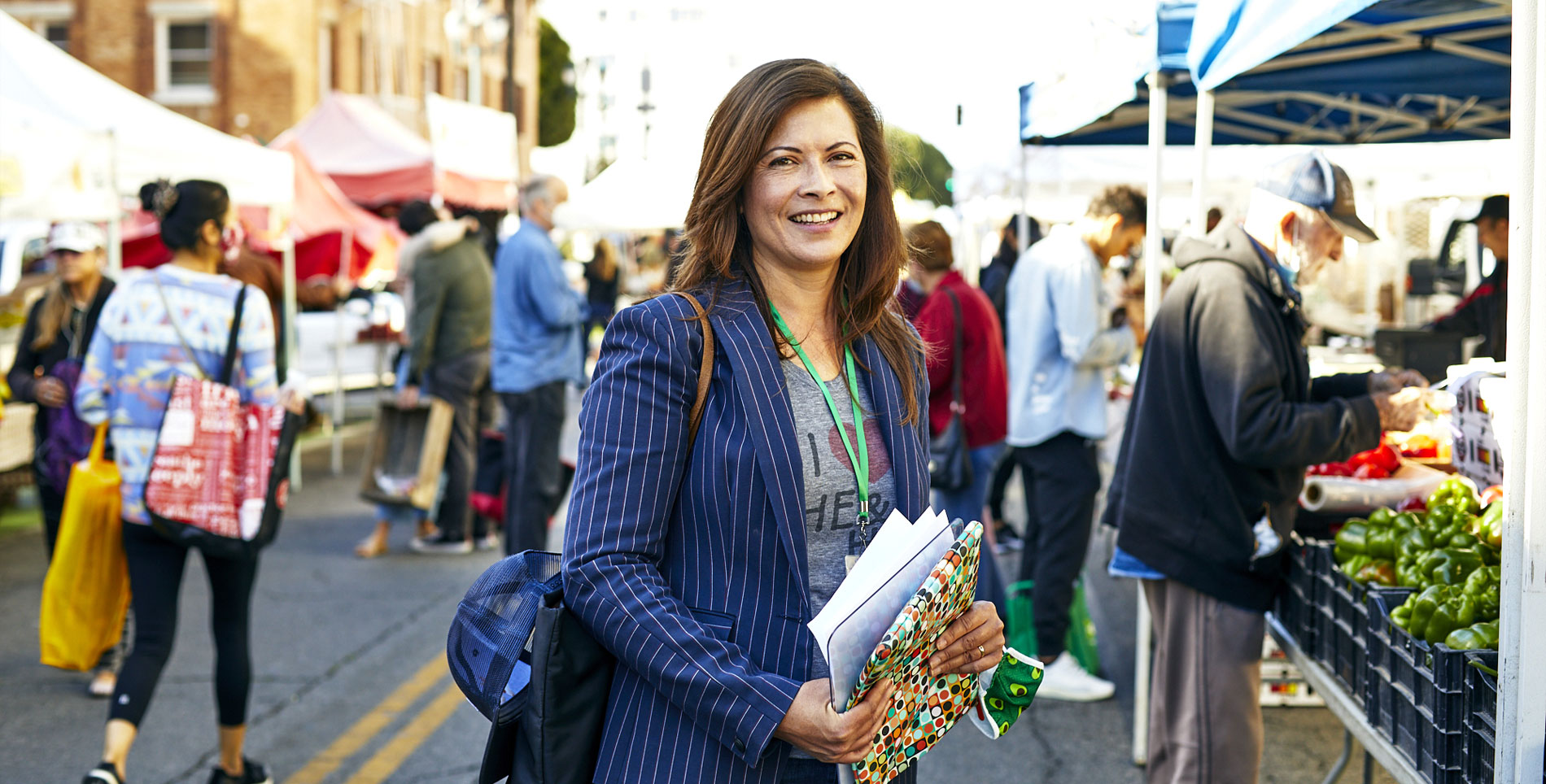

Our comments section is for members only.
Join today to gain exclusive access.